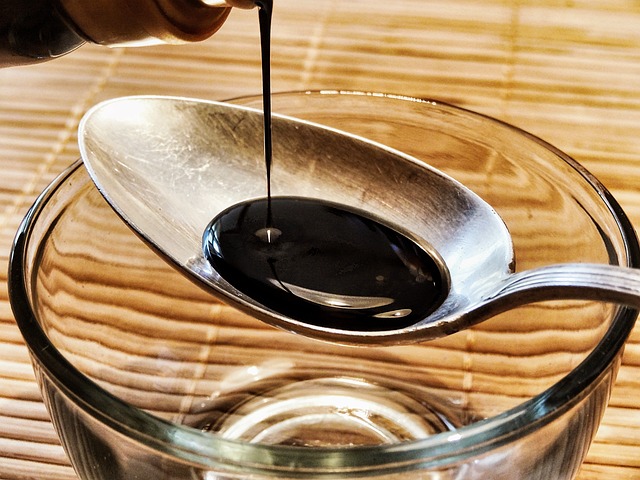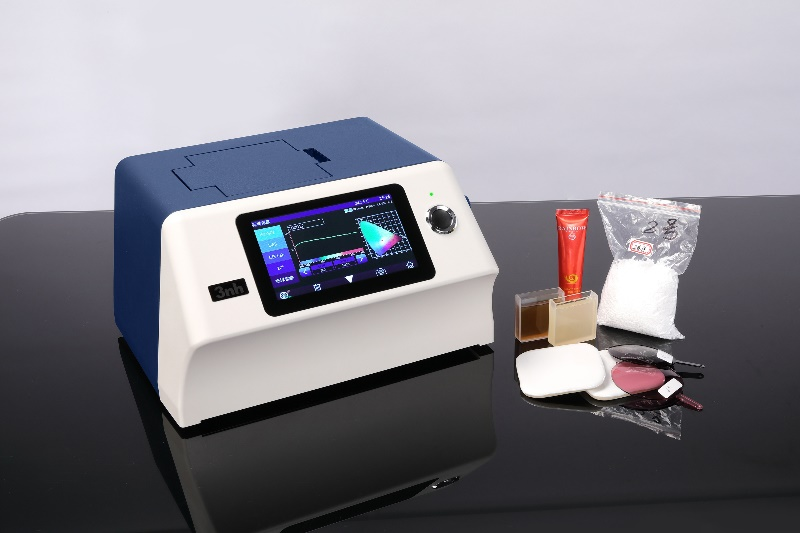Soy sauce color requirements
1. The importance of soy sauce color
Soy sauce color refers to the color of the soy sauce liquid, which usually presents different degrees of dark brown or red. The color not only affects the visual effect of the soy sauce, but also reflects its flavor to some extent. Soy sauce with moderate color looks transparent and clear, giving people an impression of high quality. However, too dark or too light color may make people doubt its production process or the use of substandard raw materials.

2. Color Standards
There is no completely unified standard for the color of soy sauce. Different types of soy sauce (such as light soy sauce, dark soy sauce, etc.) have different color requirements. For example:
· Light soy sauce : lighter in color, transparent or dark amber.
· Dark soy sauce : Darker in color, usually dark brown or black, and thicker than light soy sauce.
· Special grade soy sauce : The color needs to be clear and have a certain brightness and transparency.
These color standards may vary in different countries or regions, but generally the color of soy sauce should meet consumer expectations for color and the requirements of the product type.
3. Factors controlling color
The color of soy sauce is affected by the following factors:
· Fermentation time : The longer the fermentation time, the darker the color of the soy sauce is likely to be.
· Raw material quality : High-quality soybeans and wheat will give soy sauce a better color.
· Brewing process : Traditional brewing processes (such as natural fermentation) usually make the soy sauce have a more ideal color.
· Additives : Some businesses may adjust the color of soy sauce by adding caramel color, etc.
How to measure the color of soy sauce with a colorimeter
A colorimeter is an instrument used to measure the color of an object's surface. It can be used to quantitatively evaluate the color of soy sauce to ensure its consistency and stability. When measuring the color of soy sauce, a colorimeter can provide an accurate value, which is convenient for manufacturers to conduct quality control.

1. Colorimeter Principle
The colorimeter is based on the principle of color perception of the human eye. The light source illuminates the surface of the object being measured, and the reflected light is captured by the sensor and converted into a digital signal. By measuring the reflection intensity of light of different wavelengths, the colorimeter can calculate the three main parameters of color:
· L (brightness): reflects the lightness or darkness of a color. The higher the L value, the brighter the color.
· a (red-green axis): reflects the red-green bias of the color. Positive values represent red, and negative values represent green.
· b (yellow-blue axis): Reflects the yellow-blue hue of the color. Positive values represent yellowishness, and negative values represent bluishness.
2. Steps to measure the color of soy sauce using a colorimeter
When measuring the color of soy sauce, the general operating steps are as follows:
· Preparation : Make sure the colorimeter has been calibrated. During the calibration process, you can use a standard white board and a black board for adjustment.
· Sample preparation : Select an appropriate amount of soy sauce and pour it into a smooth container, making sure the surface of the liquid is as flat as possible.
· Measurement position : Place the colorimeter probe on the surface of the soy sauce, making sure there is no obstruction between the light source and the probe.
· Start measuring : Start the colorimeter and record the measurement results. Generally, multiple measurements are required to ensure the accuracy of the results. You can measure several times on different soy sauce samples and take the average value.
· Result analysis : The colorimeter will give data such as L*, a*, b*, etc. These values can be used to evaluate whether the color of the soy sauce meets the expected standards.
3. Interpretation of colorimeter measurement results
· L* value : A lower L value means a darker color, and a higher L value means a lighter color. For soy sauce, the L* value should be within a certain range to ensure that the soy sauce is neither too dark nor too transparent.
· a and b values : These two values can be used to evaluate the red-green and yellow-blue tones of soy sauce. For example, a reddish soy sauce has a positive a value, while a yellowish soy sauce has a positive b value. Different types of soy sauce have different requirements for these two values.
4. How to use color difference data to optimize production
With the detailed data obtained by the colorimeter, the brewery can set the color difference range according to the standard and adjust the raw materials used in the production process, fermentation time and other factors to ensure the consistent color of each batch of soy sauce. For example:
· If your measurements show that your sauce is too light, you may need to ferment it longer or use more caramel color.
· If the color is too dark, you may need to adjust the recipe or shorten the fermentation time.
FAQ
Q1: Why is the color of soy sauce important?
A1: The color of soy sauce not only affects its appearance, but also affects consumers' perception of its quality. Too dark or too light a color may give people the impression that the quality is unstable.
Q2: Is the colorimeter suitable for all types of soy sauce?
A2: Yes, the colorimeter can be used for different types of soy sauce (such as light soy sauce, dark soy sauce, etc.) to help accurately measure its color.
Q3: How to adjust the color of soy sauce that is too dark or too light?
A3: The color of soy sauce can be adjusted by adjusting the fermentation time, brewing ingredients, the use of caramel color, etc.
Q4: What is the significance of the numerical value of the soy sauce color measurement result?
A4: The colorimeter reflects the color of soy sauce through three parameters: L*, a*, and b. The L value represents the brightness, and the a and b values represent the red-green hue and yellow-blue hue respectively.
Q5: Can the colorimeter measurement results completely replace manual evaluation?
A5: The colorimeter measurement results are more accurate and reliable than manual evaluation, can avoid subjective errors, and is a more standardized and scientific method.
Q6: How to ensure the accuracy of colorimeter measurement?
A6: Regularly calibrating the colorimeter, ensuring the surface of the sample is flat, and measuring the sample multiple times can improve the accuracy of the results.








 0086 18165740359
0086 18165740359 Skype Online
Skype Online